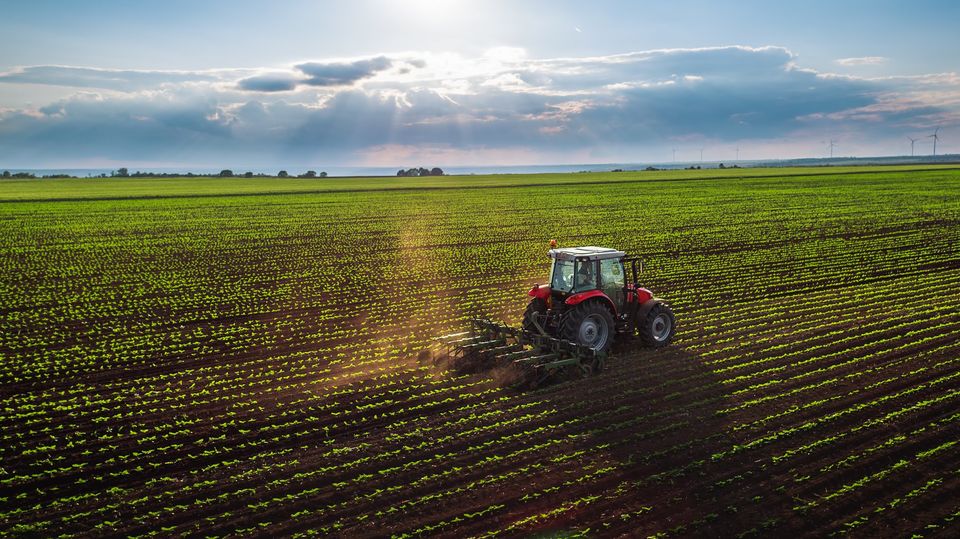World Food Day is an international day celebrated every year around the world on 16 October in honor of the date of the founding of the Food and Agriculture Organization (FAO) of the United Nations in 1945.
This years #WorldFoodDay marks the 76th Anniversary of the founding of FAO , with a view to looking towards the future we need to build together – with the theme “Our actions are our future- Better production, better nutrition, a better environment and a better life”.
As countries deal with the widespread effects of the COVID-19 pandemic, World Food Day 2021 will highlight, how the food we choose and the way we consume affect our health and that of our planet. It has an impact on the way agri-food systems work. The UN Secretary-General is convening the very first Food Systems Summit in September to launch bold new actions to transform the way the world produces and consumes food, with an aim to get back on track to achieving the Sustainable Development Goals.
At the same time, World Food Day 2021 will celebrate the people who produce, plant, harvest, fish or transport our food and call on the public to thank these #FoodHeroes who, no matter the circumstances, continue to provide food to their communities and beyond – helping to grow, nourish and sustain our world.

Some Shocking Facts About World Hunger
The world produces enough food to feed everyone, yet 690 million people go hungry.
Hunger kills more people every year than malaria, tuberculosis and AIDS combined.
Around 45% of infant deaths are related to malnutrition.
One third of the food produced worldwide is lost or wasted.
The world will need to produce 60% more food by 2050 to feed a growing population.
9 ways our actions can help achieve #ZeroHunger: Pledge this World Food Day
Not just on World Food Day, but throughout the year, consumers like us who have the good fortune of living in countries where the grocery store shelves are always well-stocked must do our part in reducing world hunger. Here are 9 ways to help the United Nations achieve Zero Hunger by 2030.
Eat Local: Whenever possible, try to eat local and seasonal produce. Sticking to foods that are grown locally, in your own city or surrounding area, not only helps to reduce the carbon footprint but it supports local farmers and daily wage earners.
Portion Control: Don’t waste food. Take portions as per your appetite at home or share large dishes at restaurants.
Smart Use of Leftovers: Do not discard your leftovers. Have them for another meal or use them in a different dish. Check out some of our ideas with leftovers here.
Avoid Hoarding: Be smart with your shopping. Make a list of what you need and stick to it. Don’t buy more than you can use.
Shape and Size Doesn’t Matter: Irregularly shaped fruits and vegetables may look a little different, but they are just as good for consumption.
Control Freezing Temperature: Store food between 1 and 5 degrees Celsius for maximum freshness and shelf-life.
First in, first out: Use produce that you had bought previously and, when you stack up your fridge and cupboards, move older products to the front and place newer ones in the back.
Understand Expiry Dates: “Use by” indicates a date by which the food is safe to be eaten, while “best before” means the food’s quality is best prior to that date, but it is still safe for consumption after it. Another date mark that you can find on food packages is the “Sell by” date, which is helpful for stock rotation by manufacturers and retailers.
Donate and Compost: Non-perishables can be donated to local food banks, and shelters. Local and national programs frequently offer free pick-up and provide reusable containers to donor. Composting food scraps can reduce their climate impact while also recycling their nutrients.
Want to show your appreciation for the world’s #FoodHeroes. Spread the word by sharing this article on social media.

Related Coverage:
5 Ways To Turn Leftover Food Into New Meals
6 Ways To Reduce Carbon Footprint In Your Kitchen
For food and beverage news, food journeys, healthy recipes, restaurant features, food reviews, like us on Facebook or follow us on Instagram. Read more on tfninternational.com








